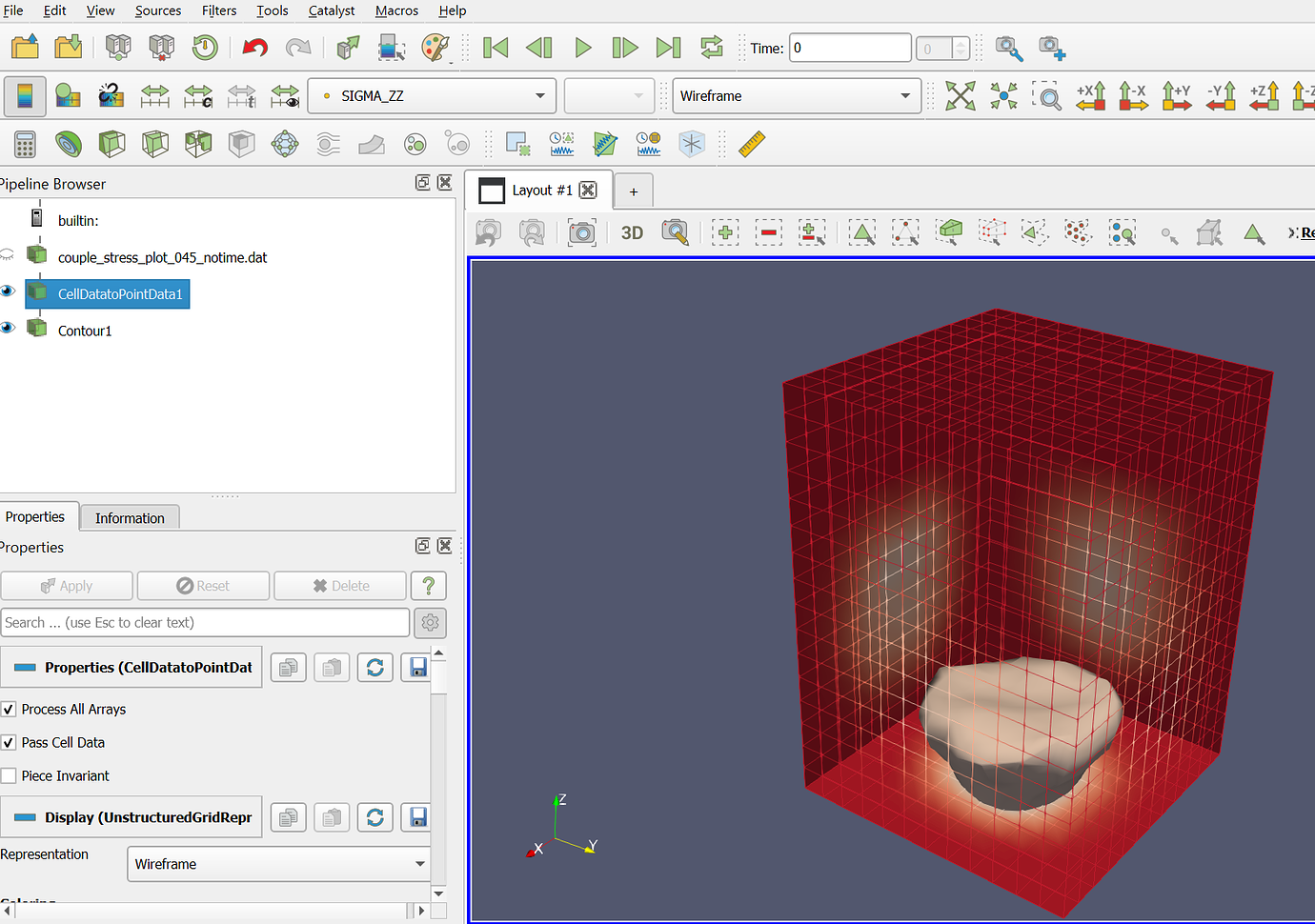

Works with a wide variety of charts (XY, bar, polar, ternary, maps etc.)Īutomatic extraction algorithms make it easy to extract a large number of data pointsįree to use, opensource and cross-platform (web and desktop) There are also web-based tools WebPlotDigitizer is a semi-automated tool for reverse engineering images of data visualizations to extract the underlying numerical data. Typically, you scan a graph from a publication, load it into DataThief, and save the resulting coordinates, so you can use them in calculations or graphs that include your own data. It is a native Mac OS X application and an Apple design award winner.ĭataThief III is a Java application to extract (reverse engineer) data points from a graph. GraphClick is a graph digitizer software which allows to automatically retrieve the original (x,y)-data from the image of a scanned graph or from a QuickTime movie. I know of two tools that help in this task. Whilst the tools above provide a wealth of alternatives for exploring and analysing data one other request often comes up, if you have a hard copy of a graph how do you get the data into one of the above packages. Open source visual analysis framework targeted at biomolecular data Python front-end to NumPy, SciPy, R, FLINT etc. GAUSS Mathematical and Statistical System Remember that many of the more expensive applications have free/cheap academic or student versions Many years ago Scott Hannahs compiled a fabulous list of the tools for Data Analysis available for Mac OS X for the SciTech mailing list and I thought it would be useful to spread the word, since then many people have contacted me and the list has grown.


 0 kommentar(er)
0 kommentar(er)
